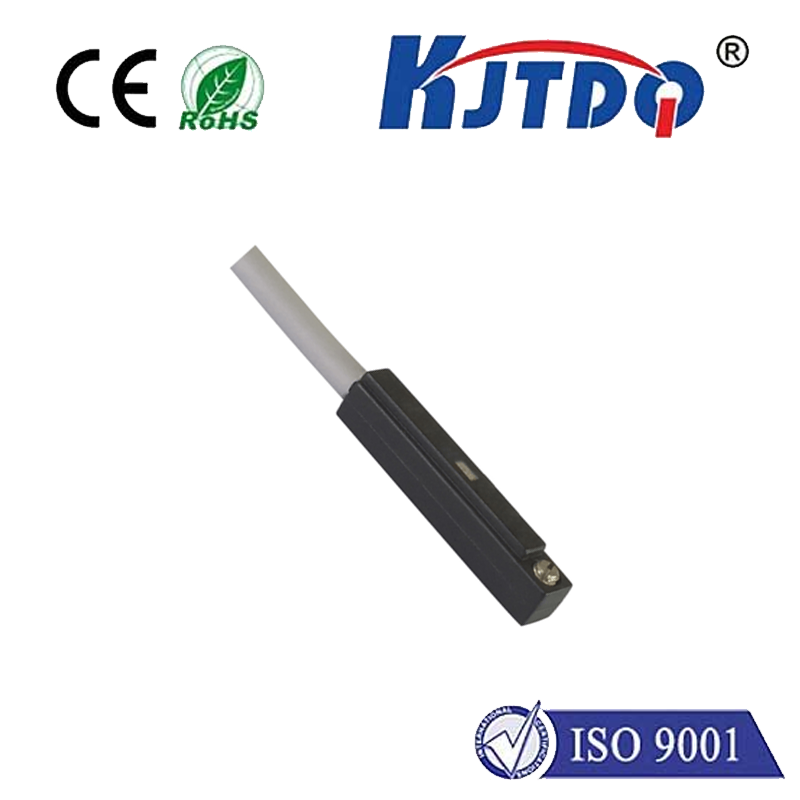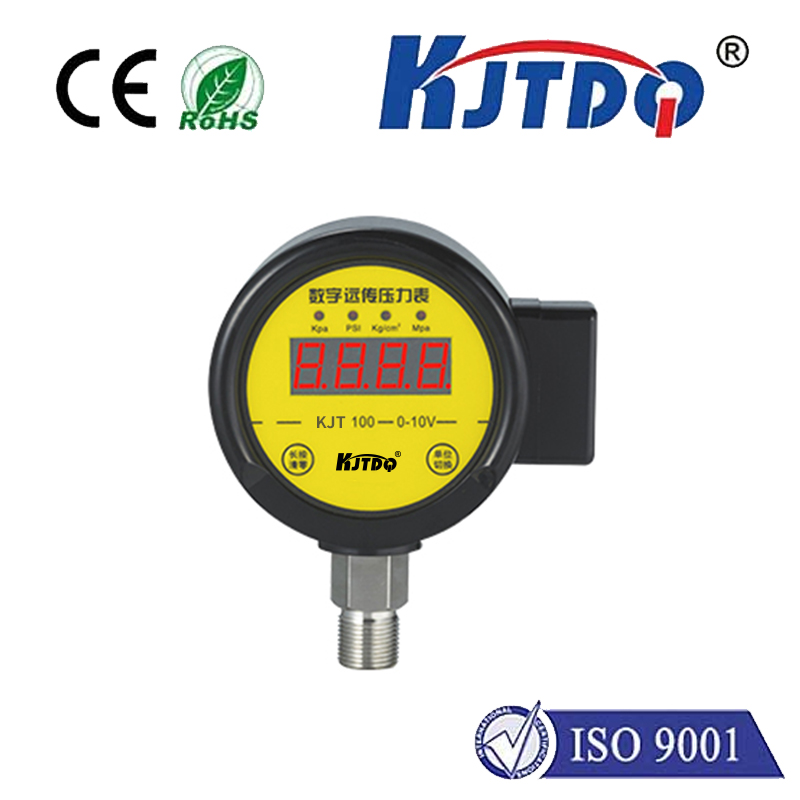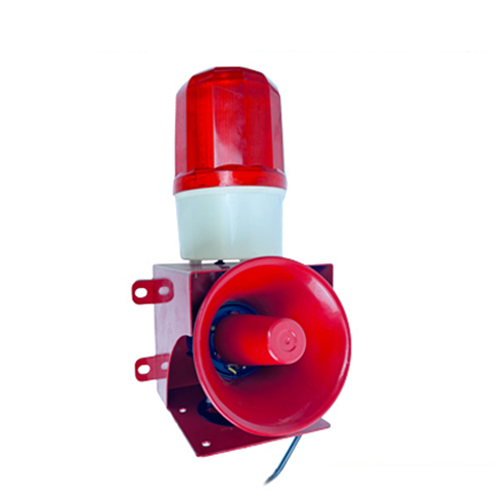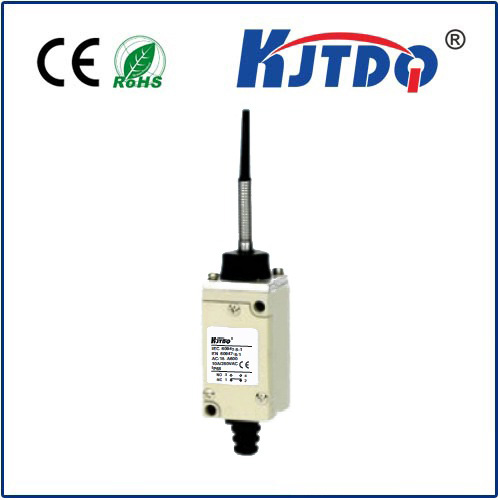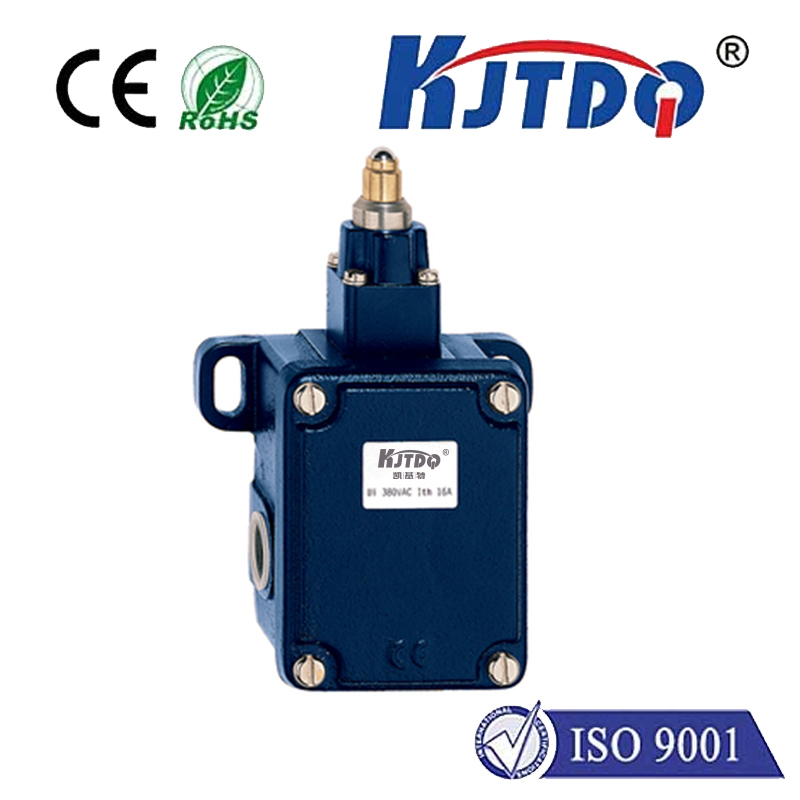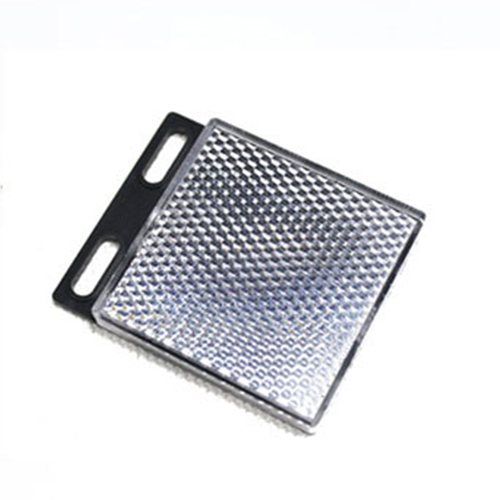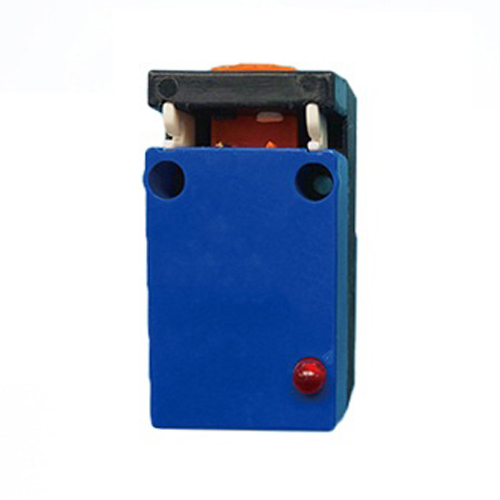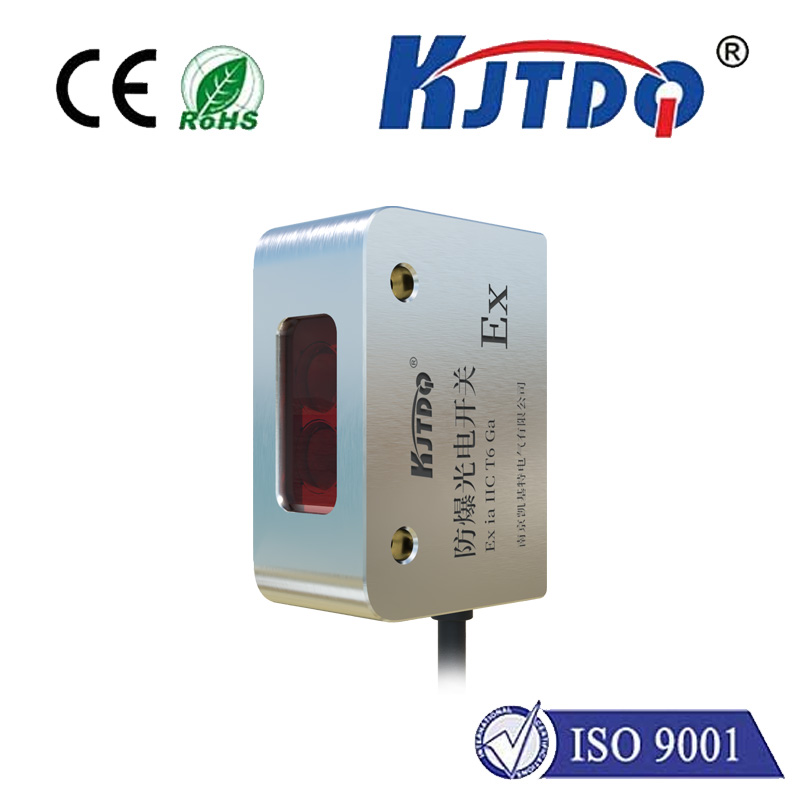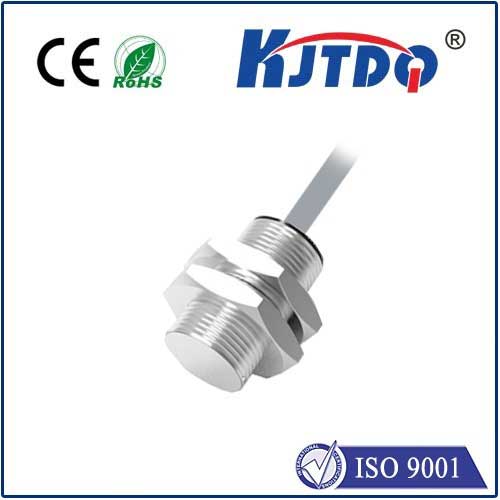E3Z-L81-IL3 2M Photoelectric sensor
- time:2025-09-26 03:47:53
- Click:0
Demystifying the Workhorse: Your Guide to the Omron E3Z-L81-IL3 2M Photoelectric Sensor
Industrial automation thrives on reliable, unseen heroes; components like the Omron E3Z-L81-IL3 2M photoelectric sensor are foundational. Have you ever pondered the smooth operation of a complex assembly line, the precise sorting of materials, or the flawless packaging speeding by? Often, it’s a photoelectric sensor, quietly performing its duty, that makes such precision possible. The E3Z-L81-IL3, with its specific 2-meter sensing range, stands out as a remarkably versatile and robust solution within Omron’s extensive lineup. This guide cuts through the complexity, explaining what this sensor is, why its features matter, and where it excels in the demanding world of factory automation.
Understanding the Photoelectric Sensor Family
Photoelectric sensors operate on a fundamental light principle. They emit a beam of light (usually infrared, visible red, or laser) and detect changes in that beam caused by an object interrupting it (presence detection) or reflecting it (distance/reflectivity detection). They are indispensable for countless automation tasks – counting objects, verifying presence/absence, positioning, edge detection, and level control, to name just a few. Compared to mechanical switches or proximity sensors, photoelectric variants offer non-contact detection, high speed, and the ability to sense objects at greater distances and across various materials.
Decoding the E3Z-L81-IL3 2M: Spec by Spec
Let’s unpack the model number to grasp its core capabilities:

- E3Z: Denotes this sensor belongs to Omron’s standard, compact “E3Z” series of photoelectric sensors, renowned for reliability and ease of use.
- L81: This suffix is crucial. The “L” typically indicates a Through-beam (Opposed Mode) type. This specific method requires two separate units: an emitter (light source) and a receiver positioned opposite each other. The E3Z-L81-IL3 2M refers explicitly to the receiver unit within this pair. Detection occurs when an object physically breaks the light beam traveling from the emitter to the receiver. Through-beam sensors generally offer the longest and most reliable sensing distances for a given sensor size and are highly immune to target color, finish, or reflectivity.
- IL3: This part often indicates details like the light source (Infrared LED), housing material/color (typically white plastic), and connector type (usually a quick-disconnect M8 connector).
- 2M: This clearly specifies the maximum sensing distance. For this through-beam receiver, it means it can reliably detect the interruption of an infrared beam emitted by its corresponding emitter unit when the two units are placed up to 2 meters (approximately 6.56 feet) apart. This 2m range offers significant flexibility for many common applications requiring detection across moderate spans.
Key Features Driving Industrial Adoption
So, what makes the E3Z-L81-IL3 2M such a popular choice? Its specifications translate into tangible benefits:
- Unmatched Through-Beam Reliability: The 2m range provides ample working distance for diverse applications. Crucially, through-beam detection boasts an exceptional resistance to environmental factors like target color, gloss, texture, or angle. A matte black rubber gasket is as easily detected as a shiny metal bolt at the full 2-meter sensing distance, a significant advantage over reflective or diffuse sensors.
- Compact Design, Tough Performance: Don’t let its small size fool you. Engineered for industrial durability, the E3Z-L81-IL3 features an IP67 rating. This signifies outstanding protection against dust ingress and the ability to withstand immersion in water up to 1 meter deep for 30 minutes. It shrugs off typical factory challenges – oil mist, coolants, and moderate impacts.
- Simplified Wiring & Operation: Omron prioritizes ease of use. The standard M8 connector enables quick installation and replacement, minimizing costly downtime. Polarity protection guards against wiring errors. An easy-to-see red LED indicates the detection status for instant visual confirmation.
- Stable Performance: Equipped with Omron’s industrial-grade infrared LED, the sensor delivers long operational life and consistent performance. Features like sensitivity stability compensation help maintain reliable detection even as the lens accumulates minor dust or condensation over time.
Where the E3Z-L81-IL3 2M Shines: Real-World Applications
This sensor’s blend of range, reliability, and robustness makes it ideal for numerous industrial scenarios:
- Conveyor Object Detection & Counting: Verifying boxes, bottles, cans, or components are present on a conveyor before processing, sorting, or packaging. Its immunity to object surface properties is key here.
- Presence Verification in Machinery: Ensuring a part is correctly loaded into a fixture, a pallet is in position, or a guard door is closed before initiating a machine cycle. Critical for safety interlocks and process integrity.
- Material Handling & Sorting Gates: Detecting items passing through chutes, diverters, or gates at speeds where reliable detection is paramount. The 2m sensing range allows flexible placement of emitter and receiver units around paths.
- Checking for Jam Conditions: Identifying blockages in feed systems, paper paths in printers/copiers, or accumulation points.
- Level Detection in Transparent Containers: Detecting the presence (or absence) of liquid or granules inside bottles or tanks by sensing the interruption of the beam across the container neck.
Why Choose Through-Beam? Comparing Sensing Modes
While the E3Z-L81-IL3 2M (receiver) excels, it’s vital to understand how through-beam compares to alternatives:
- Vs. Retro-reflective (Reflector Mode): Uses a single sensor unit and a separate reflector. Easier alignment than two-unit through-beam, but sensing distance is often shorter, and highly reflective objects can cause false triggers. The E3Z-L81-IL3’s 2m range with through-beam offers greater distance stability.
- Vs. Diffuse (Proximity Mode): Single unit detects light reflected directly off the target. Simplest to install but most susceptible to target color, texture, and background interference. Sensing distance is usually much shorter than through-beam.
Selecting and Implementing Successfully
Integrating the E3Z-L81-IL3 2M receiver requires its matching emitter unit (e.g., E3Z-T81). Ensure correct alignment within the 2m maximum range; built-in alignment indicators (like the status LED) simplify this task. Consider the operating environment – while its IP67 rating offers significant protection, avoid direct high-pressure water jets or excessive buildup of opaque contamination on the lenses. For extremely long distances beyond 2m, vibrating targets, or detection through certain materials, other specialized Omron sensors may be more suitable.
The Omron E3Z-L81-IL3 2M Receiver: An Automation Cornerstone
In essence, the Omron E3Z-L81-IL3 2M photoelectric sensor receiver embodies the core requirements of modern industrial sensing: Long-distance reliability (2m), exceptional durability (IP67), and straightforward integration. Its through-beam design provides a robust solution where consistent, non-contact detection of diverse objects across moderate distances is paramount. Whether ensuring the smooth flow of packaging lines, verifying component presence for robotic assembly, or safeguarding machinery operations, this specific






